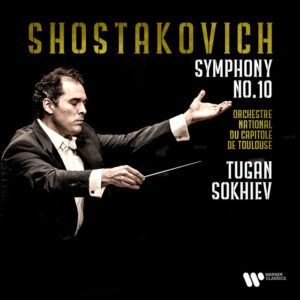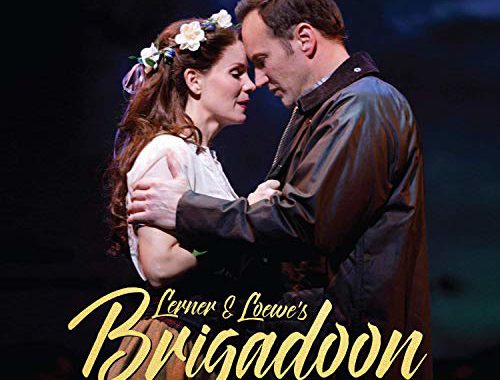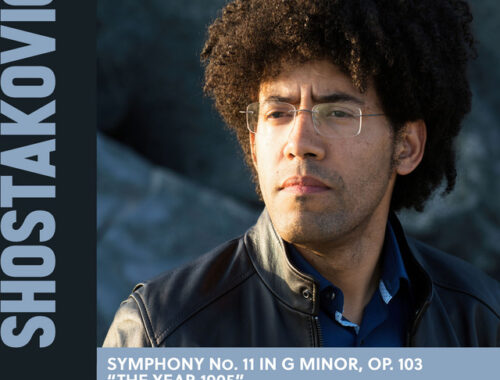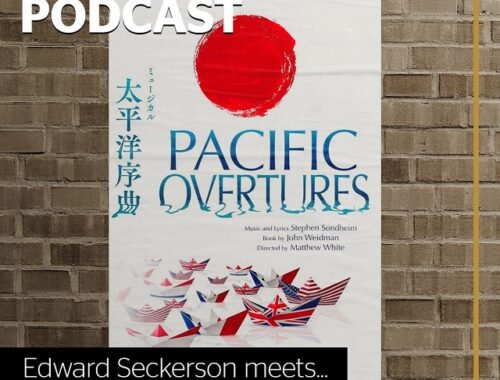GRAMOPHONE Review: Shostakovich Symphony No. 10 – Orchestre National du Capitole de Toulouse/Sokhiev
 There’s a great deal to admire here. Some individual new thinking, too. In some ways the Tenth is the most classically cast of all Shostakovich’s symphonies – and to honour that it must feel organic. Sokhiev’s opening paragraph emerges from somewhere dark and unfathomable, its searching undulations redolent of the waters where the composer’s Lady Macbeth of Mtsensk took her suicidal plunge. Stalin’s savaging of that operatic masterpiece cannot and will not be forgotten by the composer. As has been said many times before the Tenth is the before and after Stalin.
There’s a great deal to admire here. Some individual new thinking, too. In some ways the Tenth is the most classically cast of all Shostakovich’s symphonies – and to honour that it must feel organic. Sokhiev’s opening paragraph emerges from somewhere dark and unfathomable, its searching undulations redolent of the waters where the composer’s Lady Macbeth of Mtsensk took her suicidal plunge. Stalin’s savaging of that operatic masterpiece cannot and will not be forgotten by the composer. As has been said many times before the Tenth is the before and after Stalin.
And so the bleak solo clarinet twice offers a lament of sorts as the arching superstructure of the first movement takes shape and begins to grow in intensity. The pacing and shaping seems to me ideal, and as the blackest woodwinds usher in the central climax the musical embodiment of Stalin’s brutal reign weighs heavily. The sound of Sokhiev’s Orchestre National du Capitole de Toulouse seems to come up through the bass lines (the engineering conveys impressive depth and breadth) but it is the violins’ terrifying tremolandi that portend the mother of all protests. No one does outrage quite like Shostakovich. And no one does desolation like him, either. Is there anything more forlorn than the duet of piccolos which concludes the movement.
The scherzo, of course, stands apart in Shostakovich’s output wreaking havoc in a whirlwind of sound. Tokhiev pushes the pace enough to suggest a force of nature – it should always, to my way of thinking, threaten to derail. The more deliberate military precision of some readings robs it of its (and I use the word again) ‘organic’ fury.
Best of all in Sokhiev’s reading is the brisk Allegretto he adopts in the third movement. The aftermath of Stalin is leavened with the urge to dance (very folksy here) – though the tolling of the tam-tam and solo horn reiterations of the composer’s DSCH monogram suggest long memories. The climax makes sense at Sokhiev’s pace (most adopt a somewhat somnolent allegretto) as the tambourine-led dancing grows more and more frenzied in desperation to be upbeat.
The playing of Sokhiev’s Toulouse orchestra is first rate throughout with plangent oboe and bassoon solos beautiful and heartfelt in the slow introduction of the finale. They too have long memories and they bide their time as if to say that it is too soon to rejoice. But rejoice the music does in the main allegro and the terrifically incisive and impulsive string playing is super-exciting as Sokhiev defiantly slams down the DSCH motif at the climax. In the coda the horns and then trombones really pump it out. It’s hard for this music not to convey a thrilling liberation.
So well worth hearing. Sokhiev may not displace the handful of classic accounts from Karajan to Jarvi to the more recent and pretty sensational Nelsons – but as ever he has something of his own to say about the piece and attention will be paid.




